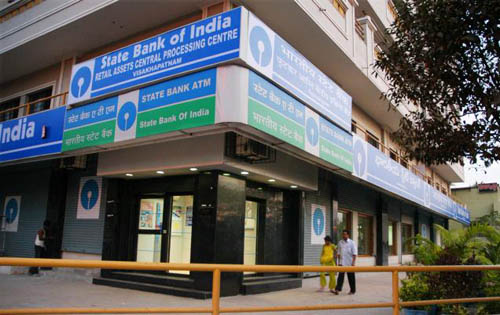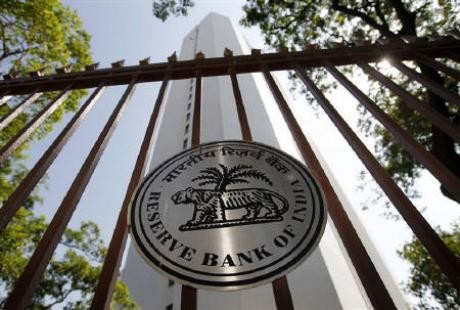
RBI for central registry to check home loan frauds
Fraudsters will soon find it difficult to dupe banks by mortgaging the same property with two lenders or selling mortgaged property.

Fraudsters will soon find it difficult to dupe banks by mortgaging the same property with two lenders or selling mortgaged property.

The State Bank of India has finally put an end to its most innovative and wildly successful home loan scheme from May due to concerns raised by and under pressure from the Reserve Bank of India.

The Reserve Bank of India has asked banks to put in place an escrow mechanism that can ring fence their loans to real estate firms and keep a closer tab on the end use of funds. The RBI has been looking to tighten the lending norms for the real estate sector after last year’s bribery-for-loan scam. The scandal also exposed several unethical practices, such as diversion of funds.

The Sahara Group has taken umbrage over a Reserve Bank of India (RBI) advertisement, issued earlier this week, asking customers to be cautious about deposits raised by the Sahara India Pariwar and has challenged the central bank’s jurisdiction to do so.

An increase in lending rates is almost inevitable, considering the high need to curb inflation. On its own, an increase in lending rates would probably not have a very significant effect on the market. However, the fact is that there are already a number of negatives such as overpricing at play in the residential real estate sectors of large cities like Mumbai and Delhi.

Concerned over excessive flow of banking funds to the real estate sector, the Reserve Bank of India (RBI) has said lenders will provide loans only up to 80 per cent of the cost of property. Following the RBI directive, a home buyer will necessarily have to arrange at least 20 per cent of the property value on his own before seeking loan from a bank.

Uniform Builder Buyer Agreement (BBA) has been the demand of Indian home buyers for long. In the absence of it, while the home buyers were being harassed by the unscrupulous builders, the sector was at the receiving end of poor perception in the collective consciousness. Track2Realty evaluates whether a Model Builder Buyer Agreement will be a reality after the repeated interventions by the Supreme Court of India.

Location continues to be of significant importance to occupiers, with about 60% respondents considering it as the most important parameter for expansion. Interestingly, while expanding, occupiers are likely to lean towards flex spaces with attractive offerings in central areas as compared to facilities in peripheral areas. Going ahead, about 45% of surveyed occupiers would opt for future expansion through flex spaces in CBD/SBD locations of tier I or tier II cities. In terms of work-place strategy, flex spaces are likley to champion distributed work models. About half of the larger companies including Global Capability Centers (GCCs) and MNCs envisage flex spaces to act as both hub and spoke offices in the next few years.

Bengaluru and Mumbai saw the highest leasing in green-certified buildings, accounting for over 50% share in Q2 2024. About 80% of Technology as well as Engineering & Manufacturing firms prefer taking up spaces in green-certified buildings. Majority of the upcoming supply in various construction stages is expected to be green-certified, expanding green office stock to over 600 mn sq ft in next 2-3 years.

Understanding the mindset of Indian real estate has never been easy. The built environment of the Indian real estate could argue and demolish the best of consumer-centric reforms. Remember the way industry body CREDAI had called RERA prior to its inception, and that too in front of the then Union Minister Kamal Nath, builder harassment and public amusement bill. But at the same time they celebrate the self-inflicted injury on many occasions. Track2Realty finds the overtones of the sector all the more contradictory with the Union Budget, before and after the budget.
